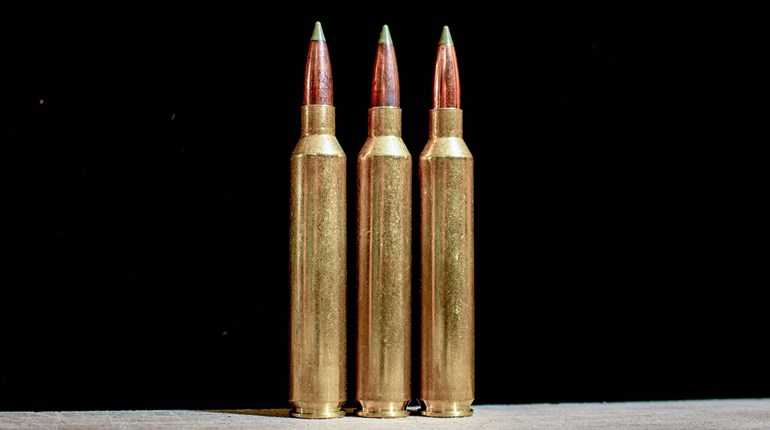
I have been reading a lot about guns going off on their own lately for a variety of reasons. Most of these incidents have involved pistols, sometimes inside holsters and other times being dropped or banged up against something, causing the gun to fire. Last hunting season, a local man was injured when his rifle, which was propped up against his truck, fell and fired, hitting him in the leg. I was under the impression that all modern firearms were subjected to a “drop test” in order to prevent firing unless the trigger was intentionally pulled.
Am I missing something, or am I being misled by what I am reading?
Lek Jekovic, West Bend, WI
Without examining the guns involved in each case, it is hard to offer a definitive opinion as to what the actual facts were to cause an unintentional discharge. However, what I can do is offer some food for thought so you can separate the likelihoods of what you are reading from truth or fiction.
Today, most, if not all, of the reputable manufacturers of firearms participate in the Sporting Arms and Ammunition Institute (SAAMI) Voluntary Industry Performance Standards. What this means is when a new design or a major change in an existing design is introduced, testing takes place to ensure the design is safe, sound and functional.
One of these tests you referenced is the drop test, in which the firearm is dropped—under controlled conditions—from a distance of 4 feet onto a 1-inch-thick rubber mat on a concrete floor. The gun is loaded with dummy rounds to duplicate the weight of the fully loaded gun, and a primed case in the chamber to replicate what is considered a fully loaded gun in a safe carry condition. The gun is dropped from a minimum of six different angles, checking for primer indent after each drop. If the primer is untouched by the firing pin or striker after the series of drop angles, the design is considered to be drop safe.
There are some variables to testing trigger mechanisms such as the Jar-Off test and exceptions for target arms with trigger pulls designed to release at 3 pounds or less. For more detail on these tests, an online search at saami.org will reveal document Z299.5-2016 (from the SAAMI website) which provides information that is too large for this column.
When it comes to guns firing by themselves, I can offer what has been my experience in more than three decades of examining guns that have come into question, from a mechanical perspective.
Unless a gun was improperly assembled, modified or worn to the point of failing to meet the manufacturer’s specifications for that model, I have yet to see a gun that originally met the SAAMI test specifications fire without something touching the trigger.
Consider that many firearms of modern manufacture have trigger safeties that prevent the movement of the trigger unless the safety is disengaged, under pressure, prior to the trigger moving to fire the gun. Also, consider that many modern manufactured guns have striker- or firing-pin safeties, which prevent their contact with the primer of the chambered cartridge unless the trigger is intentionally pulled.
Many guns with visible hammers have mechanical features that prevent the hammer from contacting the firing pin unless the trigger is pulled. These include safety notches, transfer bars and hammer blocks. Most striker-fired guns have incorporated mechanisms to ensure the striker and sear remain connected until the trigger is pulled.
All the aforementioned are considered passive safeties, since they function automatically and independently of any input from the shooter. When you consider that any reputable firearm manufactured in recent history has incorporated many of these safety features into their design, it is hard to conceive of a properly working firearm discharging as a result of being dropped.
With the addition of manual safeties to the equation, which further lock a gun’s firing mechanism, one has to wonder how a well-designed gun, in good working order, manages to discharge unintentionally.
However, the claims are there to fuel the fire of questioning the guns and the validity of their design. Discounting shooter error or interference with the trigger from extraneous foreign material, the likelihood of a modern firearm discharging without any outside influence is extremely low in my opinion.
It is important to distinguish the possibilities from the probabilities when all the facts are presented in cases where guns have allegedly discharged with no outside influence. Because, as the title of this column suggests: The truth lies in the proof.





































